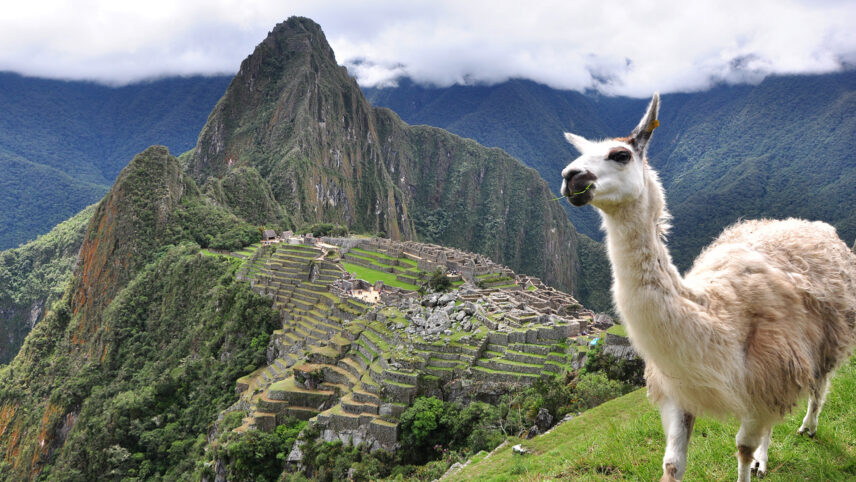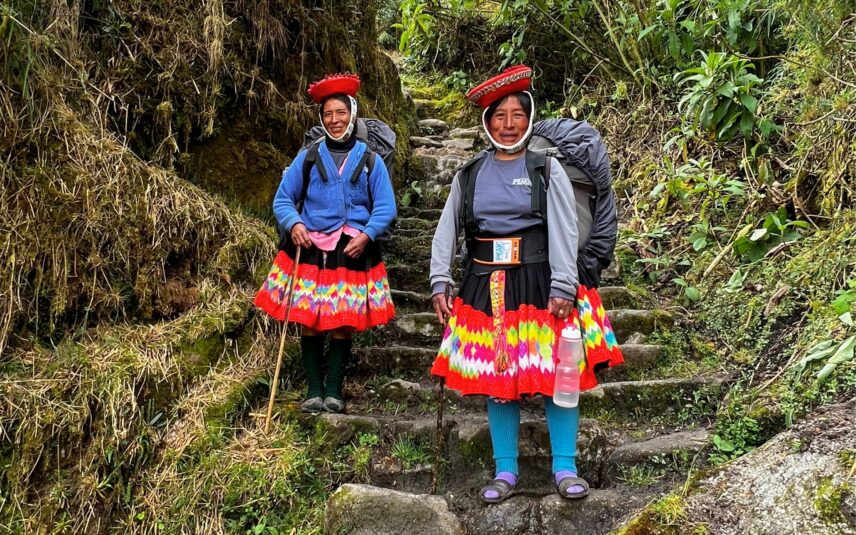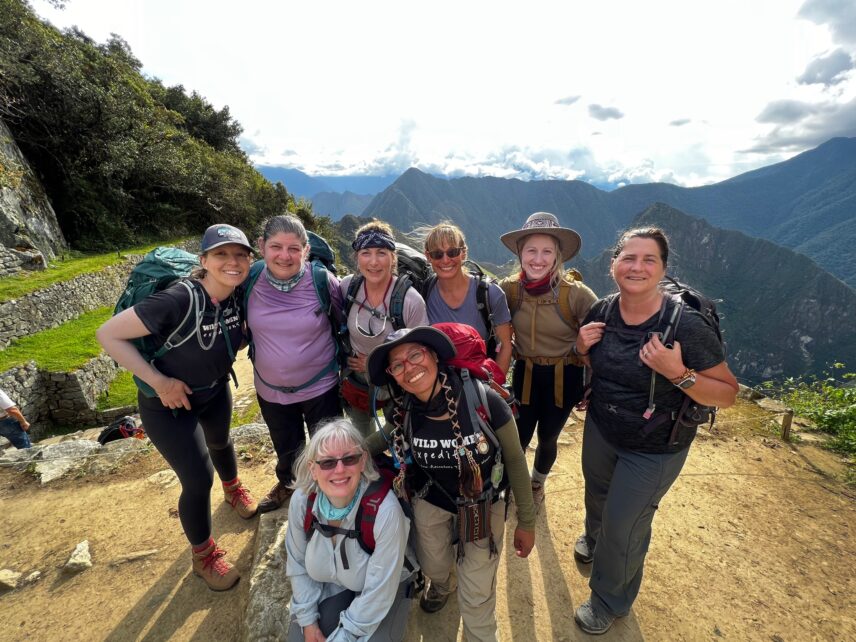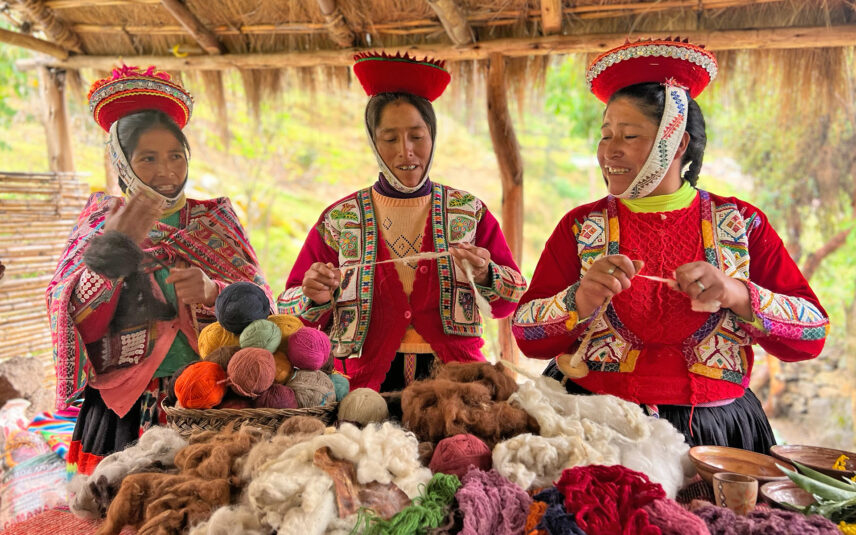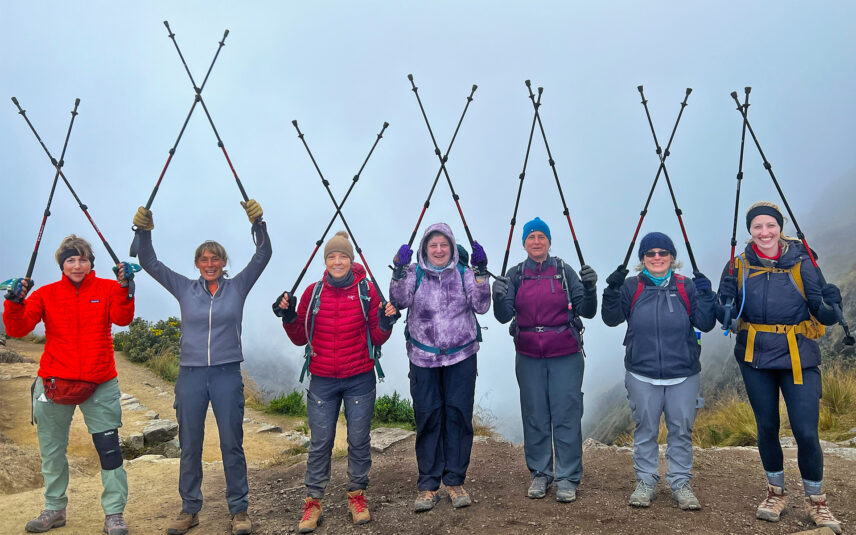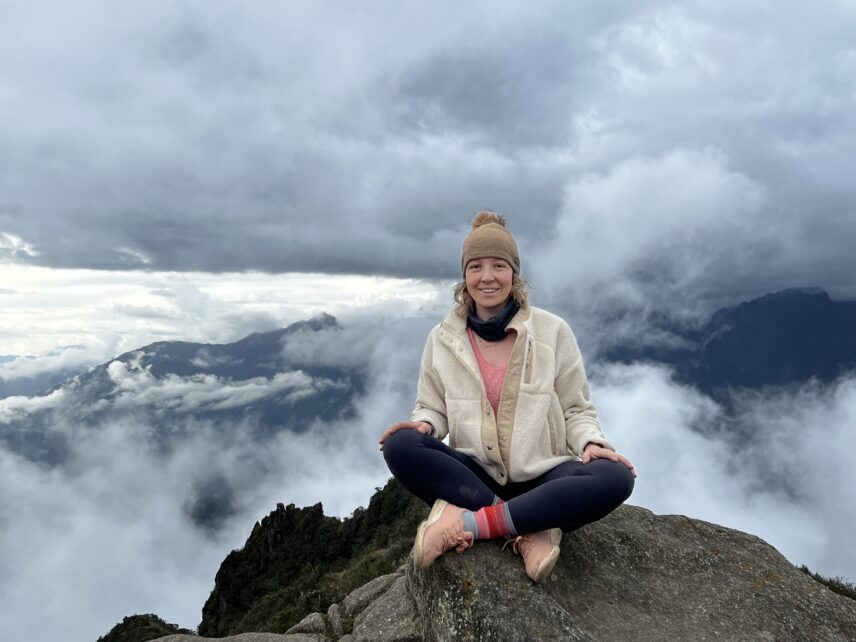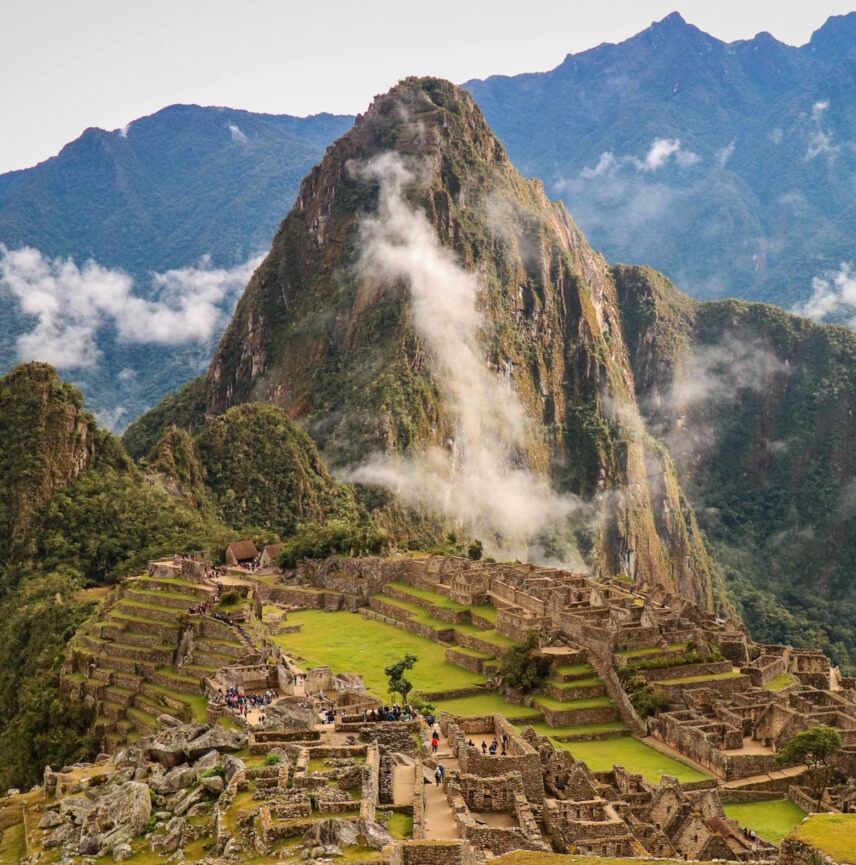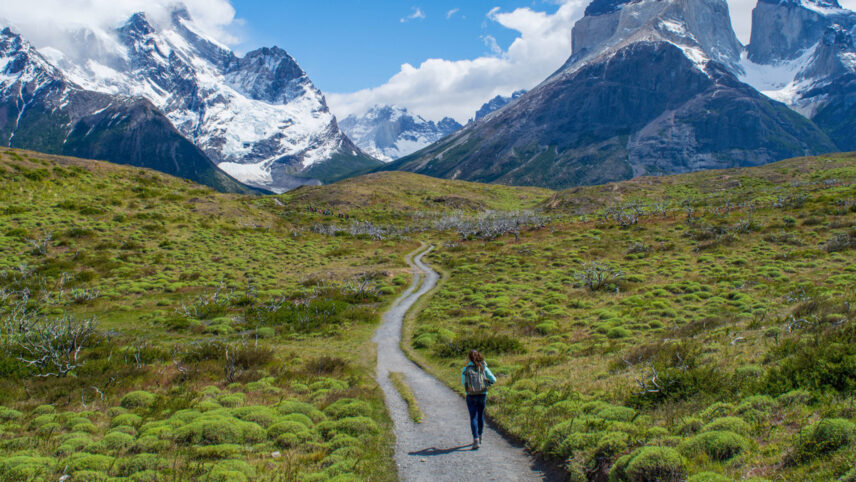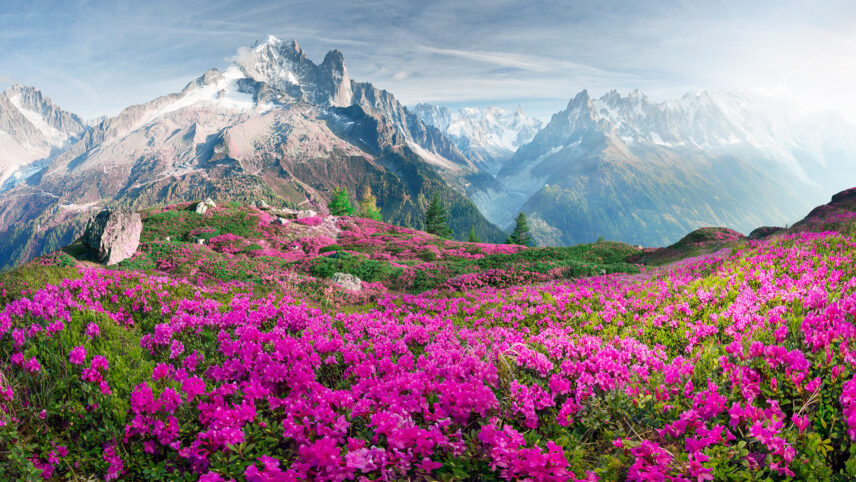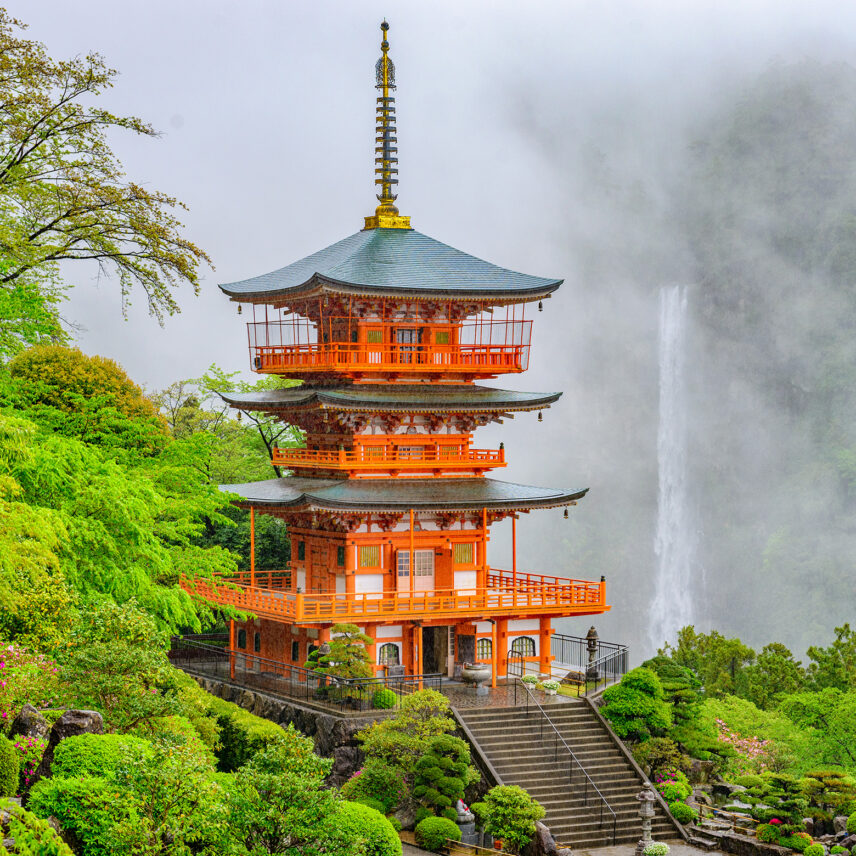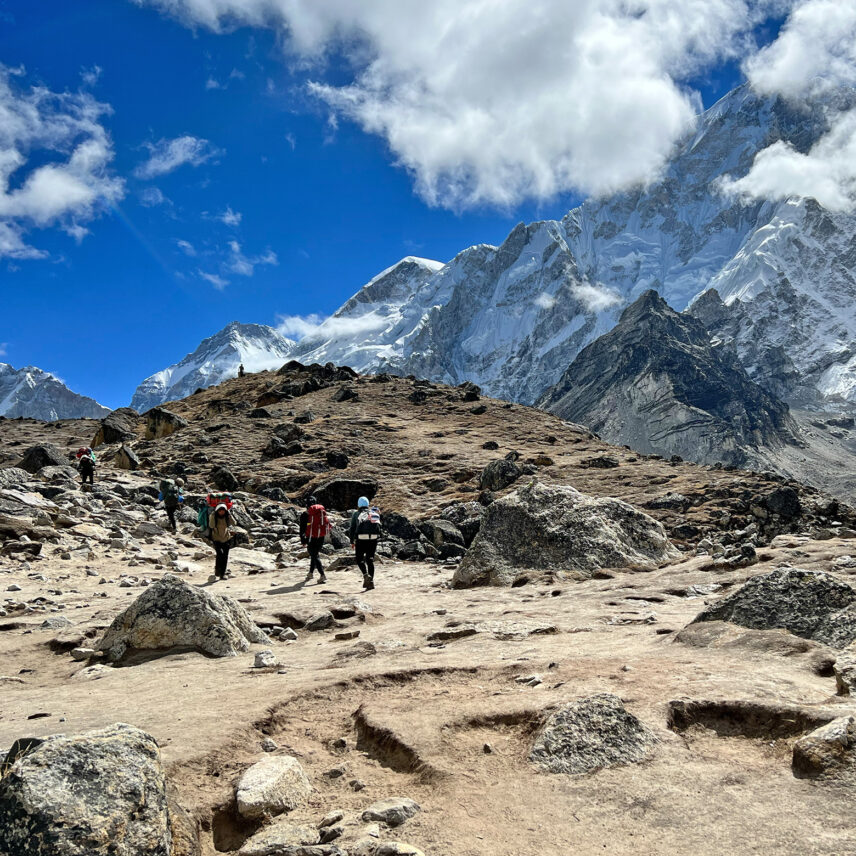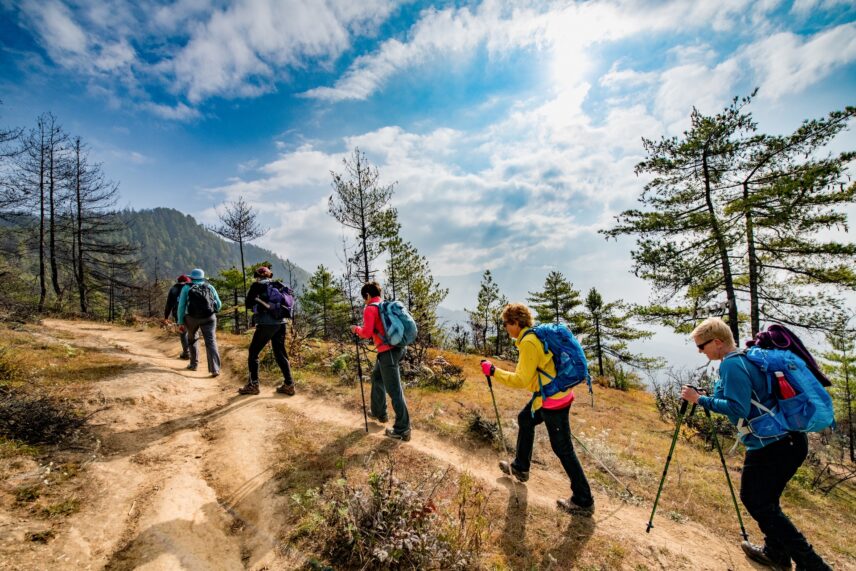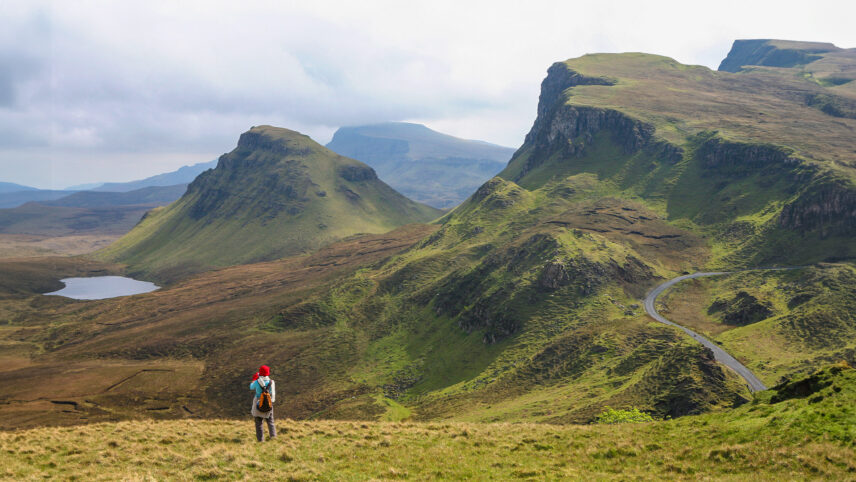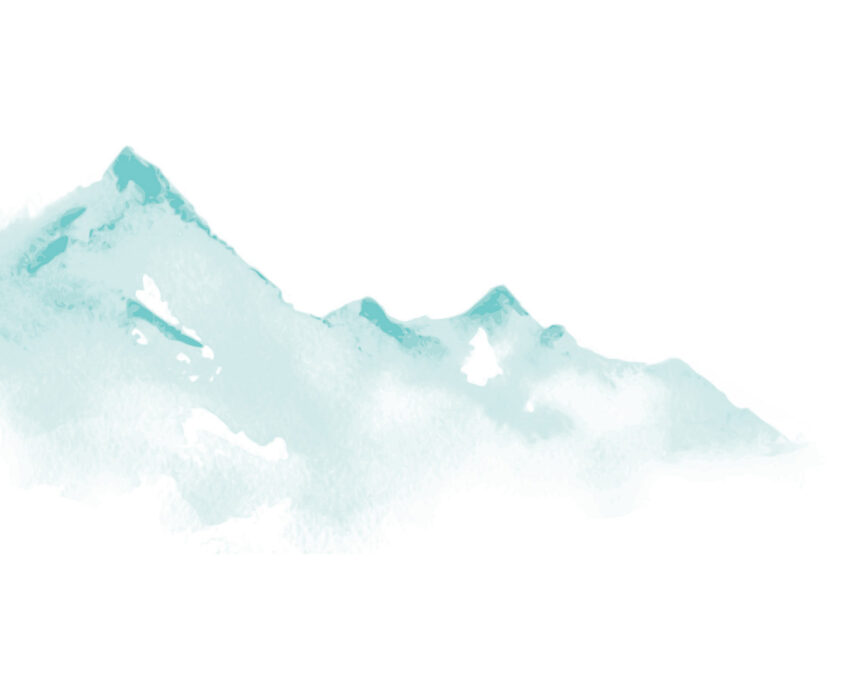
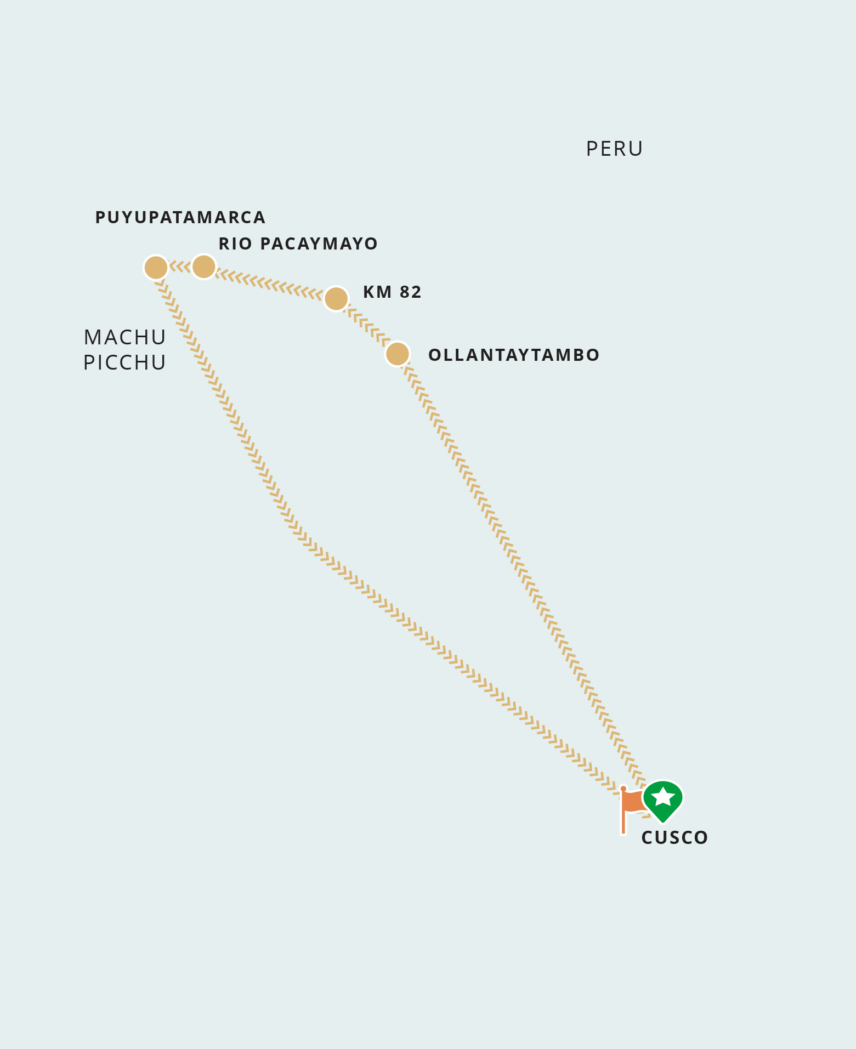
Trip Overview
Departures
Trip Dates + Prices
Duration
8 Days
Activities
Camping
Cultural
Hiking
Physical Rating
Challenging
Be the First to Know
Interested in this trip? Get on the list for exclusive information and updates.
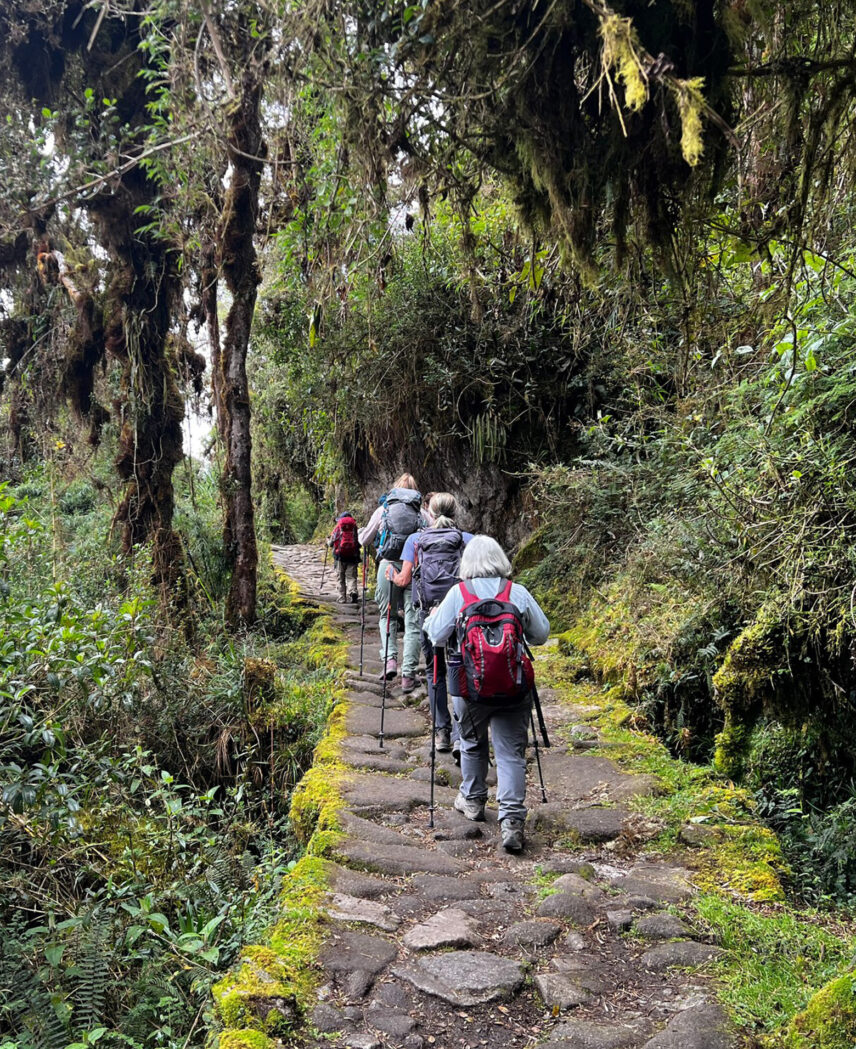

Secrets of the Sacred Valley
The trail to Machu Picchu can be lifelong. It’s a trip that’s built on a rock-solid dream, a commitment to spiritual enlightenment, mental integrity, dark chocolate and intense physical challenge. The scenery shifts with our careful, measured steps from the fertile plains of the Sacred Valley to Inca-era cobblestones and rare woodlands to 15th-century citadels and the celebrated Gate of the Sun to Machu Picchu’s marvel.
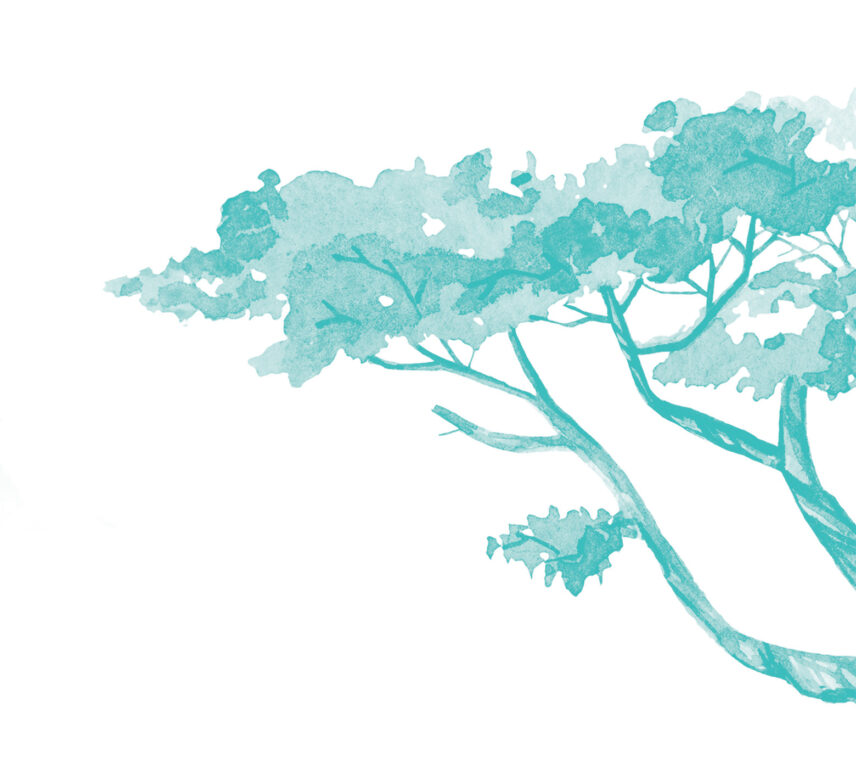
The Trek of Your Dreams

Find the Lost City
The Lost City of the Incas is a surreal landscape of terraces, ruins, hanging valleys and cloud forests painted with bright orchids. You’ll experience the buzz of the local markets, a bean-to-bar chocolate workshop and the comfort of strong tea as we break for a panorama-filled picnic. Feel the pulse of the mysterious, religious, ceremonial, agricultural and astronomical powerhouse crisscrossed by stone terraces that is Machu Picchu!
Our trip was amazing, way more than I expected. Kind and caring staff. Guides that were beyond fantastic. Disnarda is one of the best. Organized to a T. I’m raving about this trip. It was my first WW experience but won’t be the last. Thank you so much for providing a great life experience for women, I felt safe and cared for.”
Gale M.

Itinerary
-
Day 1
Arrival in Cusco
Peru’s Flavors
Our guide will meet us in the hotel lobby at 2 p.m. for a walking tour of all the urban must-sees: colonial arcades, churches, Plaza de Armas and the fusion of Inca and Spanish influences in the Stone of Twelve Angles at Inca Roca Palace.
We participate in a two-hour bean-to-bar chocolate workshop at Choco Museo and learn to make tisane (tea) from the roasted husks of cacao nuts. During the workshop, we will be introduced to the entire scratch chocolate-making process from cacao harvest to lips!
Later, we swap stories at Mamá Seledonia’s, a truly feel-good restaurant that supports young mothers and teens in rural areas. Women who have expressed a passion and talent for cooking but have experienced difficulty in finding employment due to their family obligations are trained in the industry. Today’s first big bite out of Peru is a sweet one!
Included Meals
Dinner
Accommodations
Casa Andina Premium Cusco Hotel
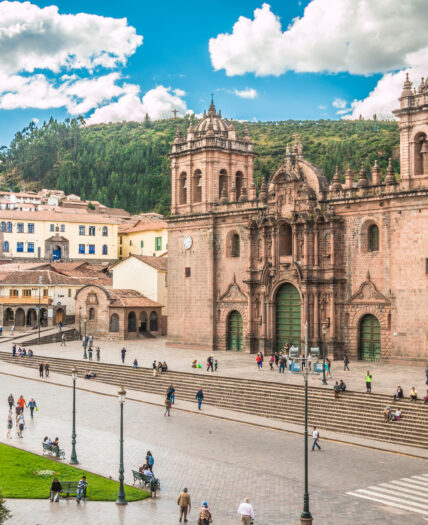
-
Day 2
Sacred Valley
Weaving Stories
We depart for the embrace of the Sacred Valley for Ollantaytambo. Here, the Urubamba River, Inca-era cobblestones, adobe buildings and ruins are otherworldly.
It’s a magnificent example of Inca urban planning and one of the few places where the Incas defeated the Spanish. The upper terraces of this area offer extraordinary photo opps of the tidy square-grid town below.
In the Awamaki community, we learn about traditional Andean life and have lunch with a local family. The Awamaki women will introduce us to their historical connection to textiles in a weaving demonstration. We can then try our skill at weaving a small souvenir. There will be an opportunity to purchase expertly woven items which will directly support the community.
We transfer back to our hotel to chill and hang out over dinner. Our guide will provide information on how to prepare and pack for our Inca Trail trek.
Included Meals
Breakfast, lunch and dinner
Accommodations
Samanapaq Hotel
Travel
About 2 hours of driving
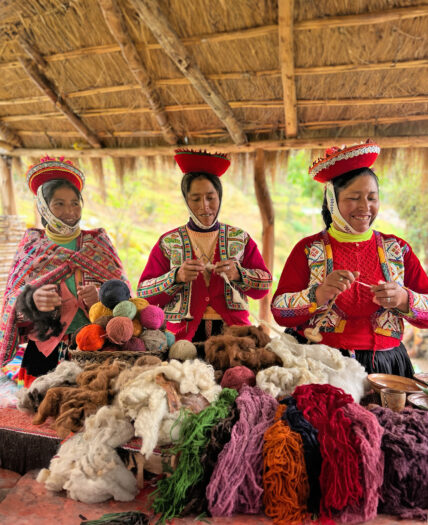
-
Day 3
Huayallabamba
Making Tracks
After breakfast, we weigh our duffle bags for the trek. They must weigh no more than 15.4 pounds (7 kg). This maximum weight must include your sleeping bag and Thermarest. Your personal gear should weigh no more than 11 pounds (5 kg) out of respect for our porters. We store our remaining luggage and any gear we don’t need in Ollantaytambo. On Day 7, we are reconnected with our baggage before heading back to Cusco, so pack thoughtfully! *Please note that the duffle bags are not to be kept.
We then drive to Km 82 (Piscacucho) to hike a scenic section that follows the original Inca Trail to the winding Urubamba river. We cross the bridge over the mighty river at Km 88 for a celebratory lunch at the Tarayoc trail before continuing to hike another two gratifying hours to reach our maximum altitude for the day at Huayallabamba.
Included Meals
Breakfast, lunch and dinner
Accommodations
Tent Camping
The Hike
9.94 miles (16 km), which takes about 8–9 hours (depending on the group’s pace)
Altitude: 9,022 feet (2,750 m)
Maximum Altitude and Campsite Elevation: 10, 170 feet (3,100 m)
Elevation Gain: 1,148 feet (350 m)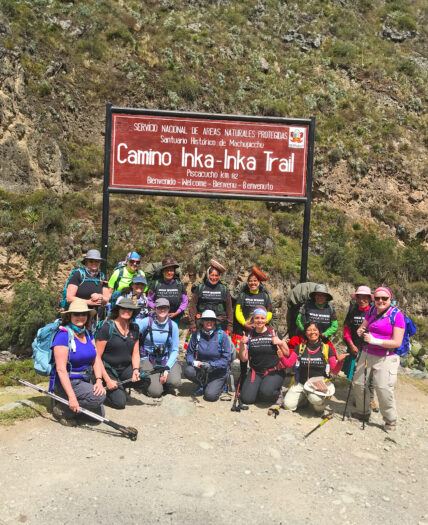
-
Day 4
Pacaymayu
Dead Woman’s Pass
We begin walking around 7 a.m. For three to four hours we follow the trail’s steep ascent to Llullcha Pampa, where we have lunch with a killer view of Mt. Huayanay. Along this narrow hanging valley and its unfolding trail, we begin to see the surreal cloud forest that shrouds the fairy tale-like Queñua woodlands. The polylepis trees and shrubs of this rare Andean forest are only found at high elevation.
After lunch, we continue for two hours to the daunting Dead Woman’s Pass. This is the highest point of the Inca Trail (in elevation and heart rate!) and so-named for the mountain crests and their resemblance to a woman’s supine body. From here, we continue downhill for two to three hours, depending on the group’s pace and affection for taking group photos! We spend the night in the en plein air serenity of the Pacaymayu campsite.
Included Meals
Breakfast, lunch and dinner
Accommodations
Tent Camping
The Hike
We hike 6.2 miles (10 km), which takes approximately 6–8 hours
Altitude : 10,170 feet (3,100 m)
Maximum Altitude: 13,828 feet (4,215 m)
Campsite Elevation: 11, 811 feet (3,600 m)
Elevation Gain : 3,000 feet (900 m)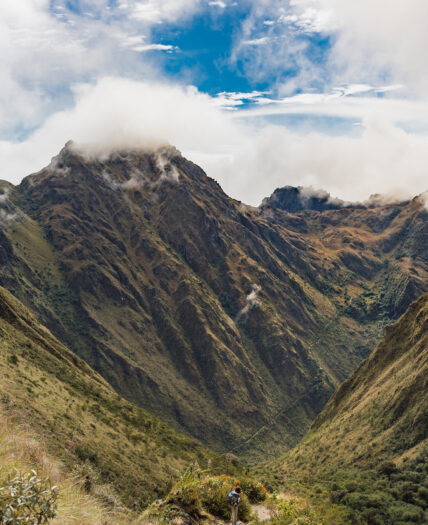
-
Day 5
Phuyopatamarka
City above the Clouds
We kickstart the day by walking uphill to the unique semicircular complex of the Runcuraqay ruins (*Runkurakay is a Quechua word meaning “collapsed house”) before ascending to Runcuraqay Pass. From here, it’s all downhill, baby!
We descend for nearly two hours, following ancient Incan stairs down to the ridgetop ruins of Sayaqmarka to pass through a tunnel that the Incas created without the convenience of modern tools. The trail transitions again into dripping, verdant cloud forest vegetation before reaching Chaquicocha for lunch.
Satiated and stretched out, we’ll continue on to the Phuyupatamarka ruins that overlook the fast flow of the Vilcanto River far below. This is the last pass on our agenda and we spend the night here.
Phuyopatamarka is suitably named. In Quechua, it means the “City above the Clouds.” The views from our campsite toward the sacred peak of Salcantay are sublime. Peruvian chocolate bar cravings: SKY HIGH!
Included Meals
Breakfast, lunch and dinner
Accommodations
Tent Camping
The Hike
We hike 7.4 miles (12 km), which takes approximately 5–6 hours
Altitude: 11,811 feet (3,600 m)
Maximum Altitude + Campsite Elevation: 13,779 feet (4,200 m)
Elevation Gain: 2,000 feet (600 m)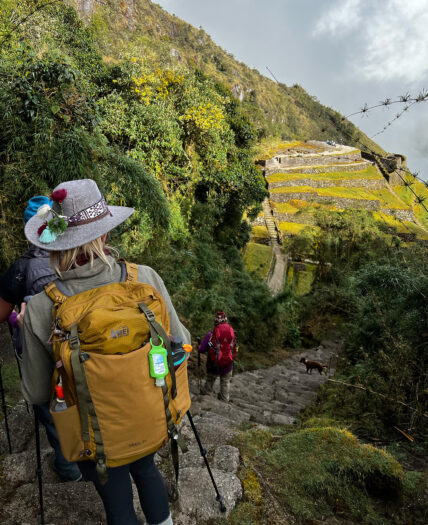
-
Day 6
Machu Picchu
Gateway to a Dream
This morning, we say a grateful thank you to our lean and mean porter team in a formal tipping ceremony to demonstrate our appreciation for their kindness, encouragement, enthusiasm and rock-solid backs!
We descend steeply all day, following the famed Royal Highway through a cloud forest painted with delicate orchids to the Wiñayhuayna ruins and then onward to the Inti Pata Inca site.
After lunch at the Wiñayhuayna campsite, we have a gorgeous traverse across the remarkable Inca stonework leading to the iconic Gate of the Sun overlooking Machu Picchu.
Stunned, we’ll float as though in a dream, downhill, to the Machu Picchu site. Tonight we stay in the village of Aguas Calientes and gather for a set menu dinner at a local restaurant. We celebrate this dream-come-true journey and enjoy everything our hotel has to offer: Hot showers! A pisco sour! Real beds! It’s the small things (after the BIG things, of course).
Included Meals
Breakfast, lunch and dinner
Accommodations
El Mapi by Inkaterra Hotel
The Hike
We hike 5.5 miles (9 km), which takes approximately 6–7 hours
Altitude: 7,874 feet (2,400 m)
Maximum Altitude: 11,811 feet (3,600 m)
Campsite Elevation: 7,874 feet (2,400 m)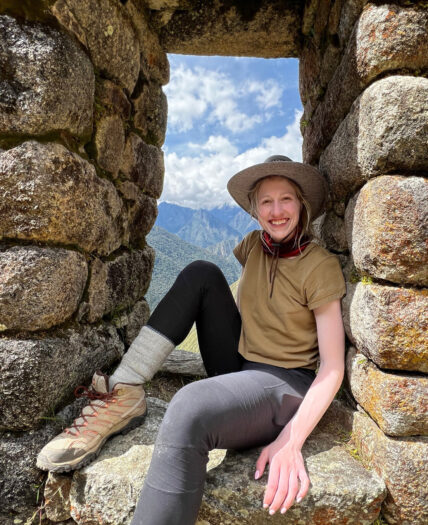
-
Day 7
Machu Picchu and Cusco
An Elevated Experience
We will return to “the Sanctuary” by bus. A local guide will introduce us to the sectors of this impressive Inca City as we follow the circuit to the archaeological zone of Machu Picchu.
We learn about the Intihuatana (solar clock) and the urban and agricultural sector of the ridge-top city that sits at 7,972 feet (2,430 m). Contemplating the origins, mysticism and resilience of Machu Picchu under the rising sun is life affirming.
After the guided tour, we return to the town by bus. Later, we board the super scenic tourist train back to Ollantaytambo, followed by a private transfer to the Novotel in Cusco. Here, we enjoy a reflective farewell dinner, still giddy and goosebumpy from our Machu Picchu experience.
Note: Machu Picchu visiting regulations require all visitors to follow a predetermined route within the site. This route must be followed in one direction only and once the guided visit commences, exiting and re-entering the site is not permitted. Once the guided visit concludes, visitors must exit the site as personal exploration of Machu Picchu is not permitted.
Included Meals
Breakfast, lunch and dinner
Accommodations
Antigua Casona San Blas Hotel
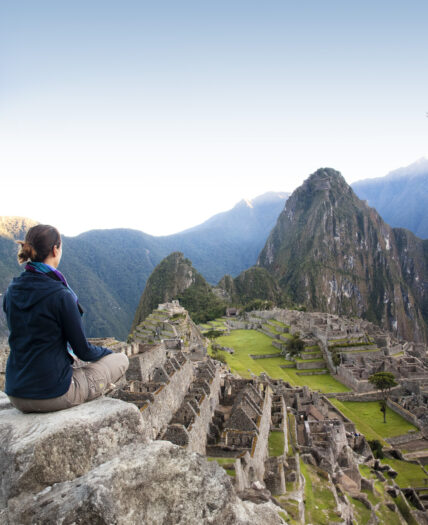
-
Day 8
Cusco
Reflections and Rejuvenation
After breakfast, the rest of the day is unscheduled! Unless you have a flight to catch, of course! For those who are lingering a little longer, be sure to explore the city’s colorful pockets a little deeper. Sit down with an Andean mint or toronjil (lemon balm) tea or chicha morada (made with purple corn). Or, sip a genuine emoliente (a medicinal mixture of several herbs).
Note: If you are joining the Amazon extension, your CUZ-PEM (Puerto Maldonado) flight will be booked on your behalf, and your return flight home should be booked from PEM at the end of the extension.
Included Meals
Breakfast
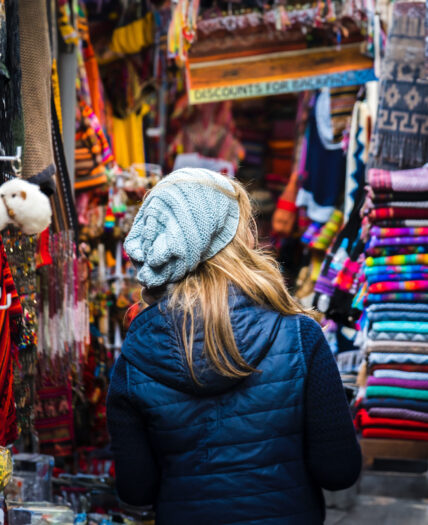
Take a Deeper Dive
Want all the details in one handy package? Download the full itinerary here.
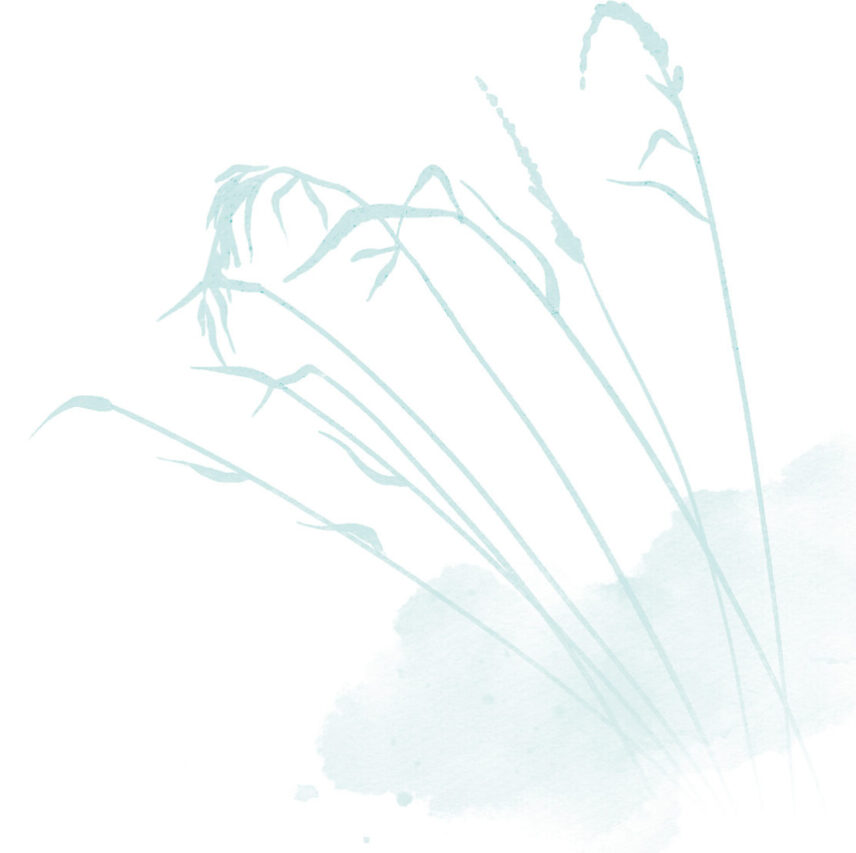
What’s Included
- Seven nights’ shared accommodation in 3–4 star hotels and under-the-stars trek tents
- Amazing local Peruvian meals: seven breakfasts, six lunches and four dinners
- Private bean-to-bar chocolate workshop at Choco Museo
- Guided tour of Pisaq and Ollantaytambo Archaeological sites
- Professional Peruvian female trip and trek guide (fluent in Spanish, English and Quechua)
- Inca Trail permit
- Fully outfitted three-night/four-day trek including necessary kit: Thermarests, sleeping bags and hiking poles
- Porterage of personal gear on Inca Trail (with a strict maximum weight of 6 kg/13 lbs including Thermarest and sleeping bag)
- Airport arrival transfer and airport departure transfer
- All ground transportation Day 1–Day 8 (including train from Machu Picchu to Ollantaytambo)
Please Note:
All applicable taxes are included in the trip price.
Optional private room/tent upgrade on Inca Trail Trek To Machu Picchu (subject to availability).
Optional four-day Amazon Rainforest Lodge Extension (subject to availability), optional single upgrade for extension.
Itineraries may be subject to change without notice due to weather and other environmental conditions. Please review our Booking Terms.
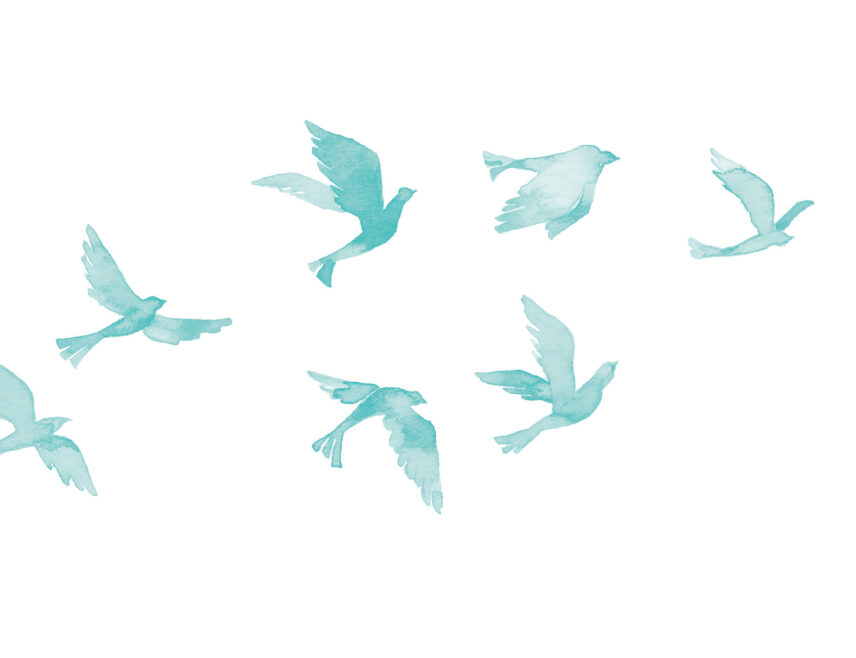
4-Day Amazon Rainforest Lodge Extension (2024 Only)
Starting at $2,095 USD
Departure Dates: May 26 – 29, 2024 | Jun 9 – 12, 2024 | Jun 23 – 26, 2025 | Sep 1 – 4, 2024 | Sep 15 – 18, 2024 | Sep 29 – Oct 2, 2024 | Oct 13 – 16, 2024 | Oct 20 – 23, 2024
We will not be offering this extension in 2025.
Want to stay on for a few extra days of high octane adventure and explore the lush and lively Amazon?
Extend your time in Peru with a four-day package based at the Refugio Amazonas Lodge. This biodiverse private 200-hectare reserve is located in a brilliant Brazilian nut forest within the buffer zone of the Tambopata National Reserve. The Refugio Amazonas Lodge is located four hours by motorized canoe from the Puerto Maldonado airport.
What’s Included
- Three daily meals as well as tea and coffee
- Three nights’ accommodation at the lodge
- Activities and guided excursions (a shared service with other lodge guests)
- Transfers to and from the airport
Please Note:
All applicable taxes are included in the trip price.
The order and scheduling of activities may be modified due to weather.
You will have to bring a small bag to re-pack your luggage for the three nights at the lodge as your main luggage will not travel with you. It will be securely stored in the lodge’s office in town.
Rooms at the lodge are simple but comfortable with en suite flush toilets, mosquito nets and showers (cold water only).
Your visit to Refugio Amazonas directly supports the Wired Amazon Project and its efforts to conserve and discover more about the biodiversity of the Tambopata National Reserve.
Itinerary
-
Day 1
Journey to Tambopata
Bird’s Eye View
Upon arrival in Puerto Maldonado, we are joined by a local guide for a bus ride to our boat on the serene Tambopata River.
We scan the riverbanks, branches and skies for our first sightings: the rainbow blur of macaws, herons, brown capuchin, dusky titi monkeys, caiman and even capybara!
A slow 30-minute walk from the Refugio Amazonas Lodge leads us to a 98-foot (35 m) canopy tower. From the top, it’s a mesmerizing view of the National Reserve of Tambopata. Toucans, macaws and raptors enjoy the same view, but often from a little higher in the sky.
We immerse ourselves in full-throttle jungle hospitality with a welcome drink before checking into our rooms. There will be time to chill out before dinner with the natural soundtrack on HIGH! There’s actually a bird called the horned screamer!
Included Meals
Lunch and dinner
Accommodations
Refugio Amazonas Lodge
Travel
Bus (1 hour), boat (1 hour), walking (1 hour return)
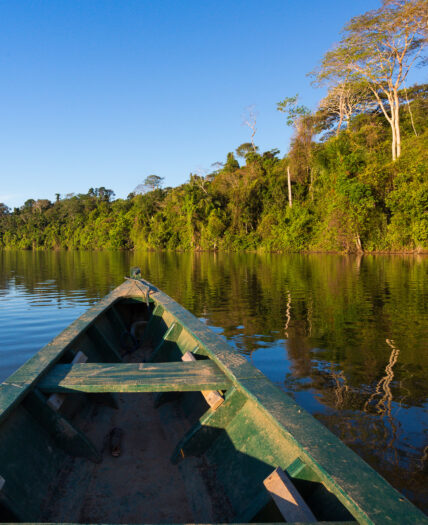
-
Day 2
Lake Condenado
A Concert Under the Canopy
Today, we navigate around Lake Condenado in search of the dramatic hoatzin, a tropical bird of many names! It’s also known as the stinkbird, reptile bird and Canje pheasant. We also look for brilliant kingfishers, alligators and rare river otters while learning about the differences between a lake and river ecosystem.
Later, we visit the neighboring organic farm of Don Manuel, just five minutes along the river (by boat) from our lodge. He will show us the typical crops of the area and no doubt surprise us with a taste of some of his exotic fruit bounty!
We have the option of taking a daring night walk through the jungle just as most of the nocturnal mammals come to life. They might be difficult to see, but we will definitely hear them! The frogs and their nightly chorus are truly a marvel.
Included Meals
Breakfast, lunch and dinner
Accommodations
Refugio Amazonas Lodge
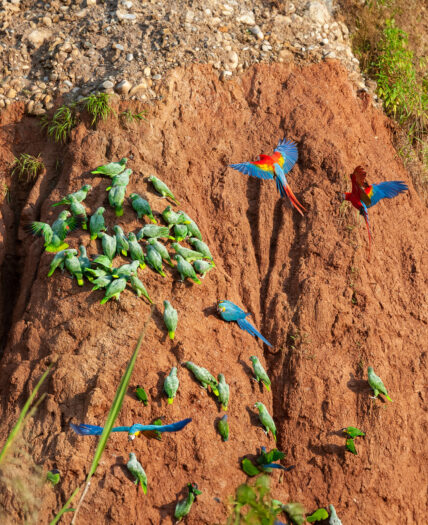
-
Day 3
Brazil Nut Farm Visit
The Forest’s Pharmacy
Today is going to be NUTS! We learn everything about the vital and decadent Brazil nut and its origin at a farm close to the lodge.
Brazil nut harvesting is a sustainable source of income for residents of Puerto Maldonado who collect and process the nuts once a year in the dry months.
We also learn about the other treasures that are grown in the forest on a medicinal plant trail. The Amazon forest’s medicine cabinet includes an ever-growing list of remedies like Sacha-Ajos (“forest garlic”), Uña De Gato (Cat’s Claw) and Ayahuasca, a South American psychoactive brew. This “tea” is gaining interest with travelers desperate for enlightenment from its guaranteed high and curative powers. Free samples will not be provided!
Later, we take advantage of a lecture presented by researchers from the Wired Amazon Project about the opportunities and challenges of their unique projects in the Tambopata National Reserve.
Included Meals
Breakfast, lunch and dinner
Accommodations
Refugio Amazonas Lodge
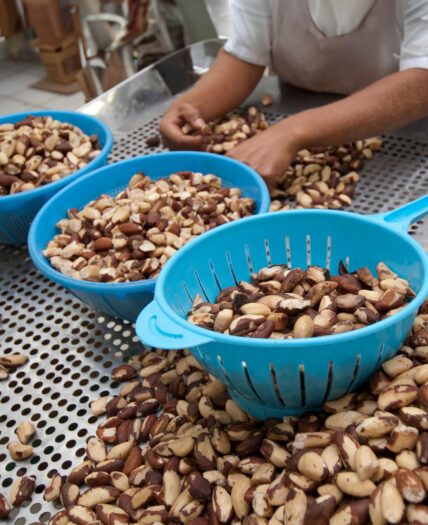
-
Day 4
Departure
Boats, Buses and Planes
After an early breakfast, we start our trip back to Puerto Maldonado following our original boat and bus route.
We may experience a surreal sunrise over the river, one that will no doubt lead to quiet reflection and meditation on the amazing Amazon days behind us.
We emerge from the jungle restored (and probably with an unexpected Brazil nut craving!) to pick up our stored luggage from the lodge’s office in town before continuing to the airport for flights back to Lima and onward. A guide will be present until the departure flight in case there are any last minute changes or needs.
Please note: Flights from Puerto Maldonado to Lima usually arrive between 4 and 5 p.m. Take note of this in case you have an international connection flight!
Included Meals
Breakfast
Travel
Boat (1 hour), bus (1 hour), flight to Lima
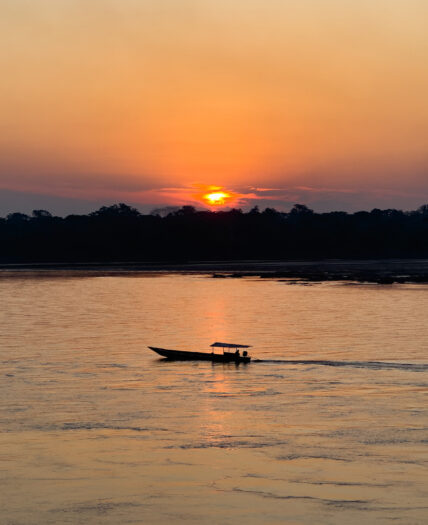
Extension Details
Know Before You Go
Click HERE for all of the logistical details you’ll need to know prior to departure—including the packing list, arrival and departure details and suggested tipping information.

Trip Details
Know Before You Go
Click HERE for all of the logistical details you’ll need to know prior to departure—including the packing list, arrival and departure details and suggested tipping information.
This trip starts in Cusco, Peru (airport code: CUZ) and finishes in Cusco, Peru (airport code: CUZ).
Your Passport
IMPORTANT: If your passport is due to expire before your trip, please send in new passport details as soon as possible before the trip commences. If applicable, please bring both passports on the Inca Trail (the original you used to book your trip and your new passport) as officials may request to see both.
Learn More: Watch the Webinar
The Wild Women Way
If you’re wondering how we roll, it’s together. The Wild Women Way is our modus operandi, our mantra and our rock solid foundation. You can learn more about our Wild Ways HERE.
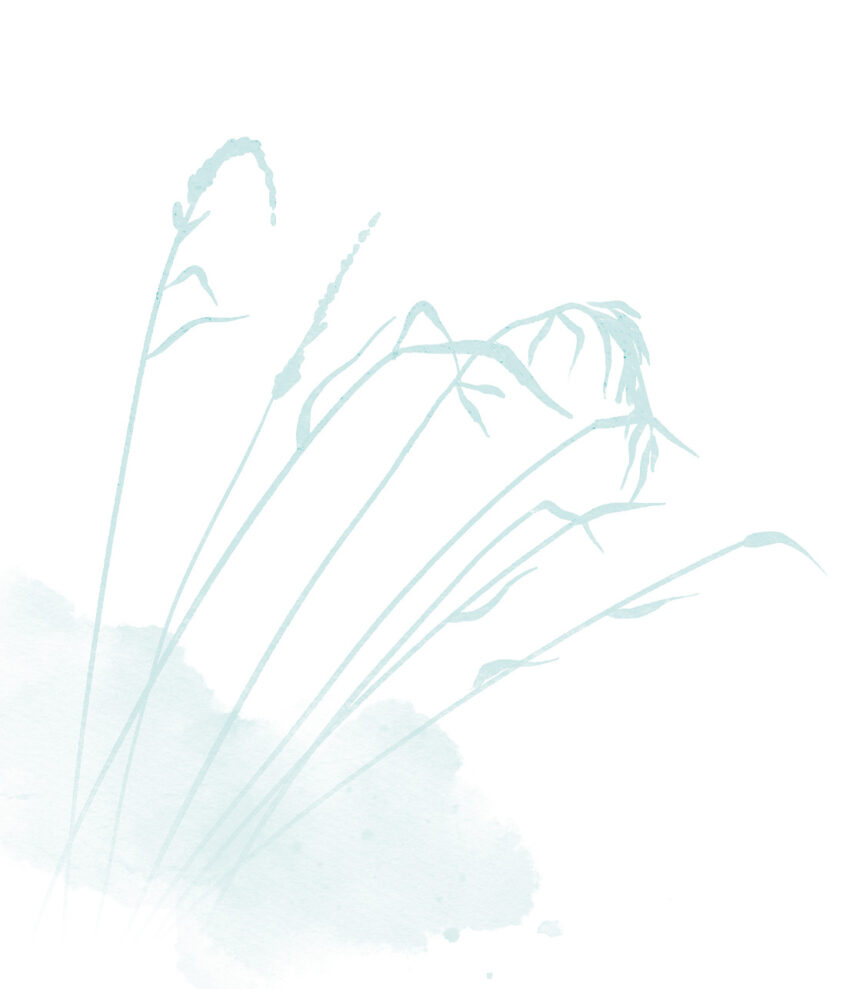
How We Support You
Ready for a big adventure? We’re in it together. On this trip, we hike an average of eight hours per day for multiple days and reach impressive altitudes. Yes, it’s a challenge, but you’re never alone. Like thousands of women before you, you’ll draw on strength you didn’t know you had and come out feeling like the goddess you are.
Still have questions or concerns? Let’s talk about it.
What the Trip Entails
This is an active adventure trip with a four-day backcountry hiking expedition. We would like you to be comfortable with the following:
- Hiking over rough, uneven terrain for an average of eight hours per day for multiple days
- Climbing uphill to heights of 13,776 feet/4,200 meters (and coming back down again!)
- Carrying a 10–30 lbs (20 litres or less) daypack for eight hours per day for multiple days
- Tent camping in below freezing temperatures
- Be prepared for strenuous physical activity
- Physical Rating: Challenging (Serious fitness level required. Trips are the most physically challenging with approximately 5 to 10 hours of physical activity each day. These trips require a high degree of fitness and even if you exercise regularly, they typically will require more specific conditioning and a specialized training routine depending on the trip.)
